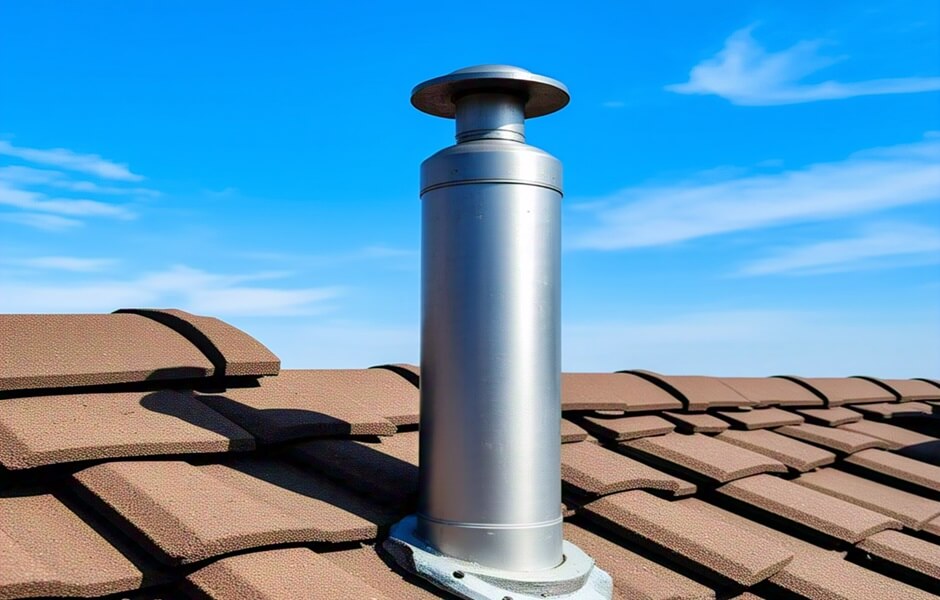
You have certainly already spotted those roof vent pipes sticking out of the roofs of your neighborhood houses and wondered what it was. They are a component of a plumbing air vent system that regulates pressure and expels gases and odors from your home.
Without them, your plumbing may experience backups, unpleasant odors, and pressure imbalances. Here, you will learn what a roof vent pipe is, how a plumbing vent works, whether these pipes should be covered, and the installation costs associated. Read to understand!
What Is A Roof Vent Pipe?
A roof vent pipe, AKA plumbing vent or vent stack, is a vertical pipe that protrudes through the roof to provide ventilation to the plumbing system. It is a crucial component of the plumbing structure, connecting to the drainage system and allowing air to enter while gases and odors exit.
The main purpose of a vent pipe on the roof is to prevent pressure imbalances within the pipes. When water flows through your plumbing, it can create a vacuum that disrupts the movement of waste and water. The roof vent pipe alleviates this vacuum by introducing outside air and maintaining consistent pressure to prevent plumbing mistakes.
How Does A Plumbing Vent Work?
Vent pipes, often overlooked, play a critical role and are often the secret of a functional plumbing system. These pipes extend through the roof of a home, allowing air to circulate through the plumbing system and keeping the smooth flow of water and waste. A plumbing vent allows air to move freely into and out of the drainage system. Read how it works below!
- Airflow Regulation: When water is flushed or drained, it creates suction that could interfere with the flow of water and waste. The vent pipe equalizes this pressure, ensuring smooth drainage.
- Odor Control: It is also great to have a vent pipe so that sewer gases, which can be harmful and unpleasant, can be expelled rather than seeping back into your home.
- Prevention Of Blockages: The vent pipe reduces the risk of clogs by allowing air to flow through the plumbing system, helping water and waste travel without interruption.
Plumbing vents keep proper airflow and contribute to the efficiency and hygiene of the drainage system of your home. Check out the following section to learn more about vent pipes!
Should Roof Vent Pipes Be Covered?
Yes, roof vent pipes should be covered but not entirely sealed. A roof vent cap or screen can work as a protective barrier to prevent debris, rain, or small animals from entering the pipe. It will help it remain open for airflow while securing it from blockages.
Beware that completely sealing a roof vent pipe can cause significant plumbing issues, such as backpressure, sewer gas buildup, and compromised drainage. Any cover must allow unrestricted airflow to maintain system functionality; after all, its purpose is to flow air into the plumbing system.
What Is The Cost Of Roof Vent Pipes?
Roof vent pipes are often made of PVC, ABS, or cast iron, which range from $10 to $50 per pipe. Add that to the installation cost, which typically stays between $200 and $500, depending on the difficulty of accessing the roof and integrating the pipe into the existing plumbing system.
If an existing vent pipe needs repair or cleaning, expect to spend between $100 and $300. Investing in a properly installed and clean plumbing vent pipe is necessary to avoid more costly and severe plumbing problems.
Now that you know that roof vent pipes are indispensable for a well-functioning plumbing system, get in touch with your trusted local plumbing pro to inspect and repair the plumbing vents of your home.
 Let a roofer give you an estimate on your project
Let a roofer give you an estimate on your project

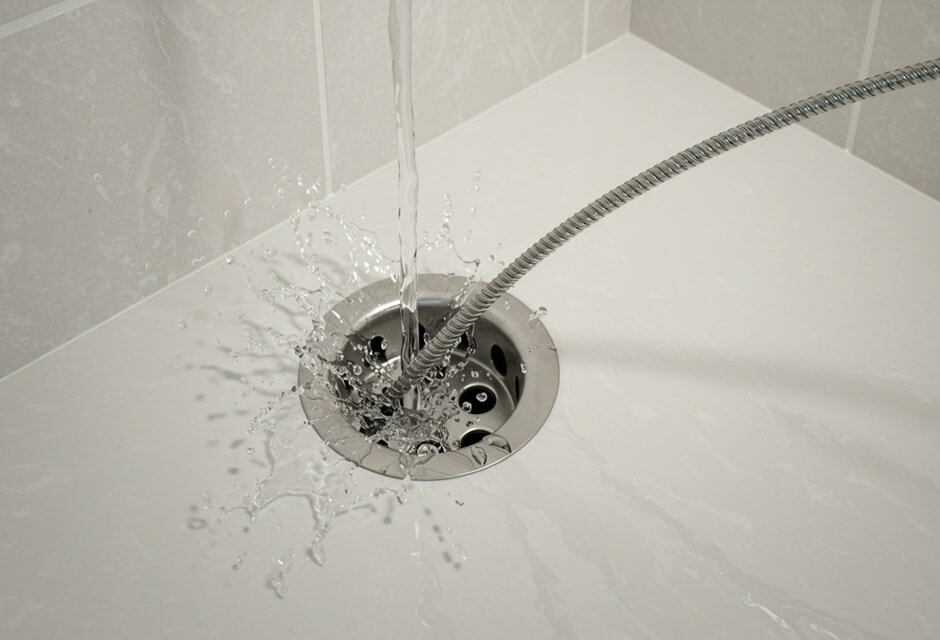
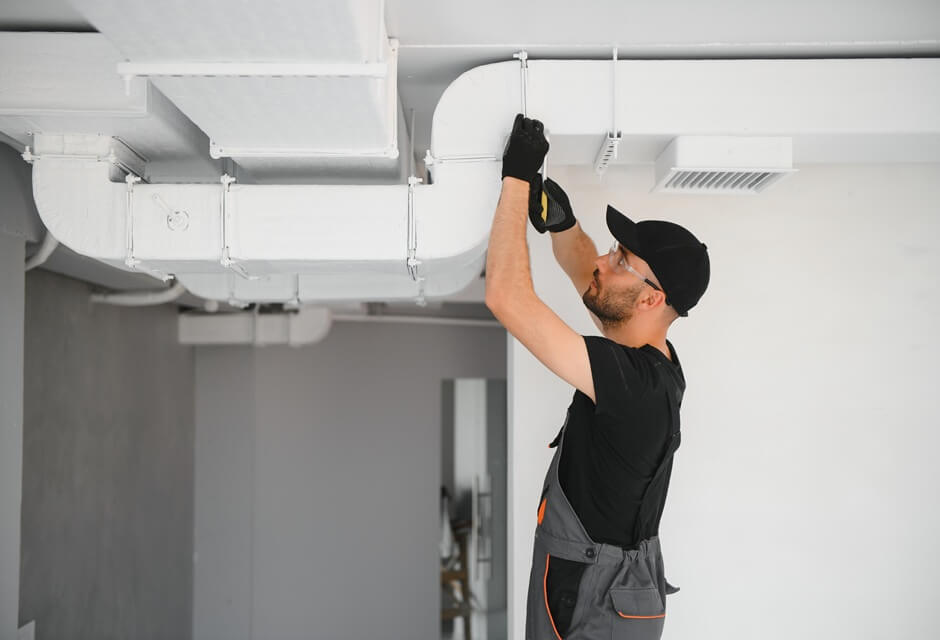
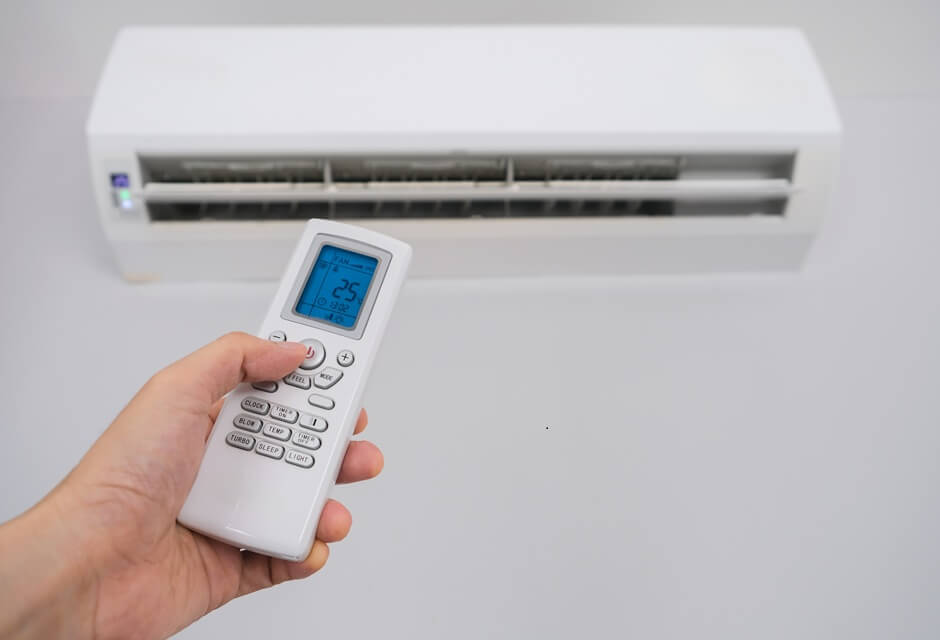
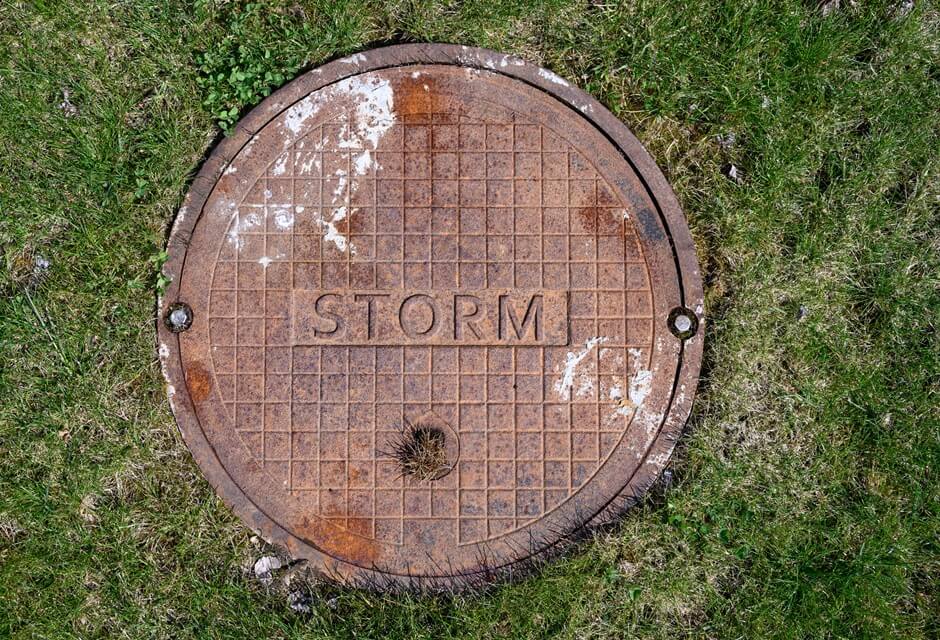
 Member of the
Member of the